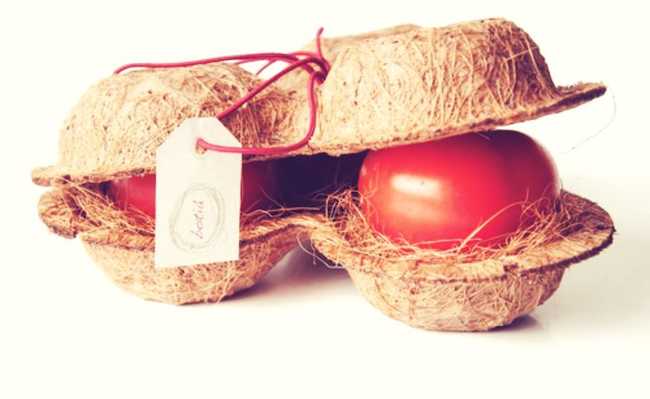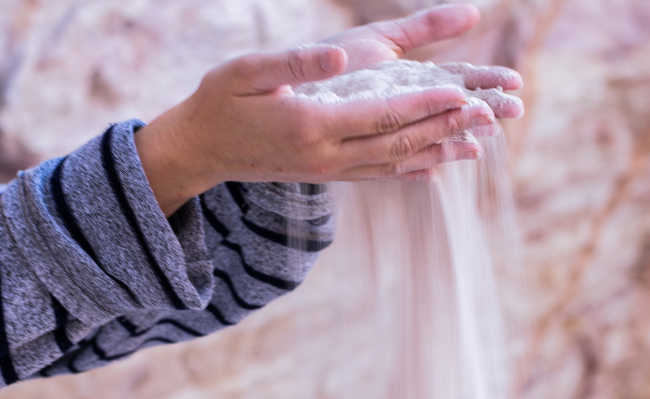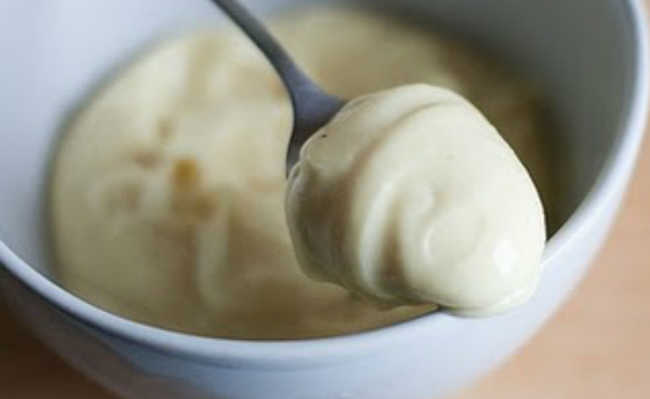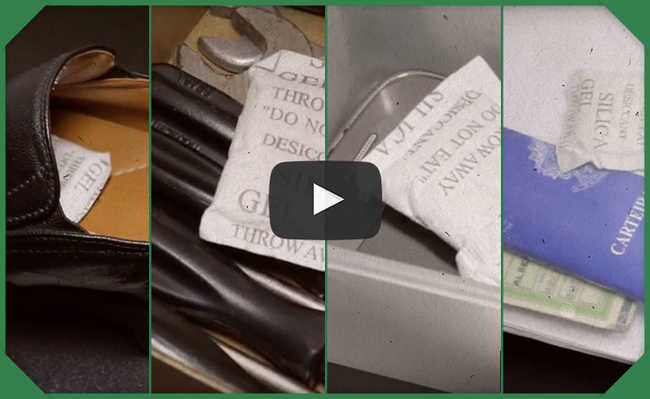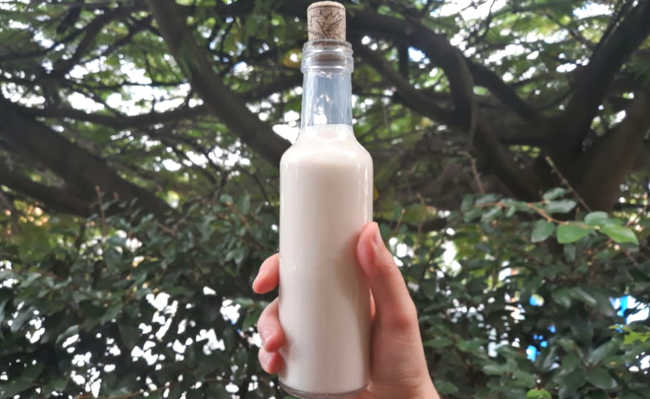Seal applied to packaging shows the actual shelf life of food
A new food conservation model prevents waste

I don't know about you, but I was raised by a father who always fed me food that was technically overdue (at least on the label), and I remember finding it disgusting. I mean, the package numbers are showing! I thought, "Why are you giving me this thing to eat?!"
But as time went on (and the shelf life of the products waned), I started to care less and less about it. More than once, I ended up eating a spoonful of yogurt and only after throwing the package away did I notice the expiration date – and I thought: “Well, what doesn't kill, makes you fat”.
I just recently went researching the subject. The strange phenomenon I discovered was that these deadlines are only a guide for manufacturers to alert retailers to the best date for consumption, nothing more. These data are not regulated by the National Health Surveillance Agency (Anvisa), with the exception of infant formula.
What is quite common is for foods to remain edible for a few days (and even weeks) after the expiration date.
But the psychological factor is so ingrained in our minds that we've thrown it all away after the stipulated date. And this is not “thinking”, no! It is estimated that Americans alone waste $165 billion on food a year! That's 40% of all the food in the United States that goes to waste.
But there is no problem that has no solution, my grandmother used to say.
British design student Solveiga Pakštaitė created the bump mark, a kind of seal that attaches to food packages to avoid waste. It is composed of four different layers, which are, from top to bottom: a plastic film, a gelatin layer, a plastic sheet with spines, and a final plastic sheet.
When the seal is applied to a package, the gelatin inside it undergoes the same conditions as the food in question. In this way, if the food deteriorates, the gelatin will change its state - it will change from a solid to a liquid. Thus, with a simple touch on the seal, the user can see if the food can still be consumed. If the seal surface is smooth, the food is still ok; if you can already feel the plastic spines, it means that the food has to go to the trash.


Gelatine was chosen because it is a protein (processed version of collagen). In this way, it degrades in the same way as protein-rich foods such as meat, milk and cheese. Not to mention that she has a perfect property for the bump mark: when it degrades, gelatin changes its physical state, which makes perception very simple.
There is no risk of the spoiled gelatine contaminating the food, says Solveiga. If there is a large amount of food in the package, a larger seal, with more gelatine, must be inserted, otherwise there is a risk of a less accurate diagnosis.
After winning the James Dyson Foundation's national award, the student is looking for ways to fund the proposal in addition to patenting her idea. Solveiga is also looking for raw materials other than gelatine - this to please vegetarians.




